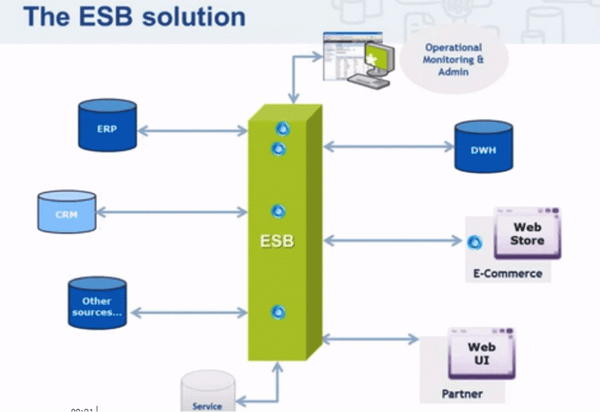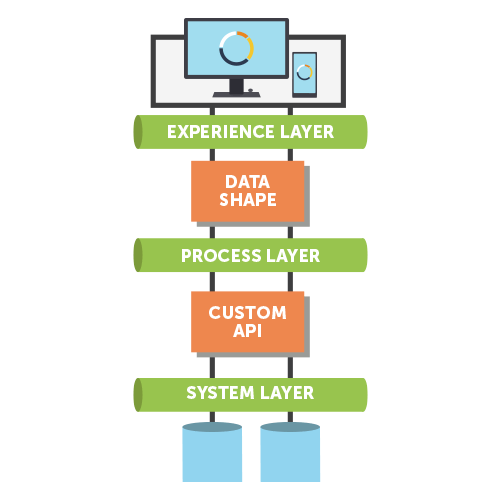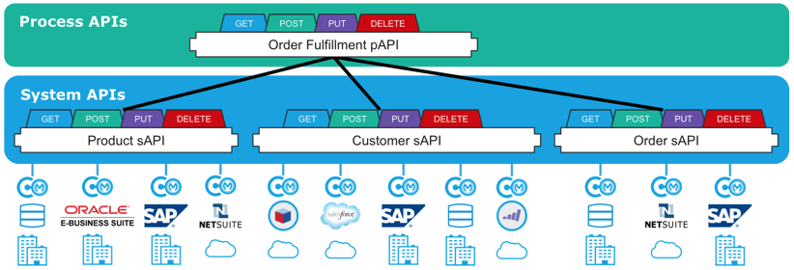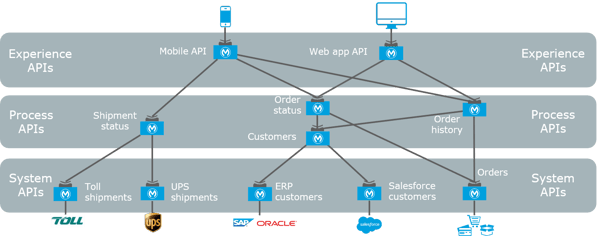We are in the age of extensive digital transformation with the rapid development of mobile and cloud technologies.
APIs, once seen as developers' tools, are now being exposed to the market. During their initial days of connectivity to mobile and cloud, APIs were considered as a trend that supported business processes but today, they are key factors in daily work to achieve business goals. Once seen as only a tool for developers, APIs are now the route companies take to grow or explore new marketplaces or to build new partnerships.
For businesses to stay relevant in today’s markets, they must follow a systematic design and process approach to develop APIs based on business goals and seamlessly bring several different technologies to work together. This is where the prominence of API-led connectivity emerges.
API-led connectivity
In simple to use terms, API-led connectivity is rather an approach which defines the ways and methods for connecting and exposing business assets. It promotes and facilitates de-centralized access to data and capabilities without having to compromise on governance. This is a journey that changes the IT operating model by enabling the realization of the “composable enterprise” – an enterprise in which assets and services can be leveraged independent of geographic or technical boundaries.
API-led connectivity using ESB
The ESB (Enterprise Service Bus) software is a shared central infrastructure that acts as a point of connectivity for every application, device or system across the enterprise. API-led connectivity addresses almost all the problems and roadblocks that originate in the previous approaches making integration headaches a thing of the past.

(Image source: Talend)
The purpose of API-led connectivity is to enable the integration flows to be reused by many parties and to be reused inside the integration platform. APIs are created in layers and the best part as compared to the E2E approach is that more components can be reused which makes it easier to implement new systems and services.
In this approach, the APIs are based on three layers:
- System layer
- Process Layer
- Experience Layer

(Image source: Appseconnect)
System Layer
This is the initial layer of the three-layer architecture and usually accesses the core systems of record and insulates the user from the complexity or any changes in the subsequent layer. The system API for customer domain can contain resources with methods like GET, POST, PUT and DELETE and the related schemas XML, JSON and responses like 200,400,401,500, etc.

(Image source: Dzone)
Process Layer
Process APIs shape the data according to the business requirements. To achieve component re-usability, their implementation has to be encapsulated independently of the source systems, from which their data originates, as well as the target channels through which that data is to be delivered.
For example, in the purchase order process, it needs to interact with various domains. The Process API (order fulfillment) interacts with the already available System APIs to implement the logic.

(Image source: Dzone)
Experience Layer
Experience APIs provide the means by which data can be most easily consumed by its intended audience. All the data that has been sent from our business platform to the outside world originates from a common data source, which gives us great consistency.

Advantages of Three APIs
The main benefits of the three layers can be summarized as below.
|
Name of the API |
Advantage |
|---|---|
|
System API |
|
|
Process API |
|
|
Experience API |
|
Conclusion
API-led connectivity is one of the methodical ways to connect the applications and transfer data between the applications. API’s are developed to play a specific role, unlocking data from systems, composing data into processes, or delivering an experience.
Innominds has a great experience delivering projects using this API-led connectivity approach and we’ll talk about a customer case study in the future on how we were involved in a journey in API-led connectivity using Mulesoft and how we designed APIs and tested them.




